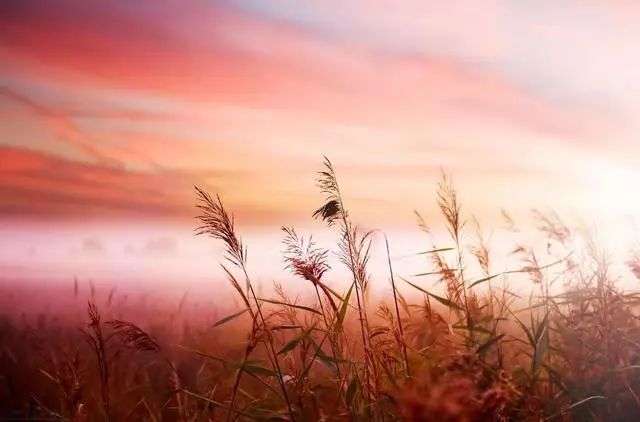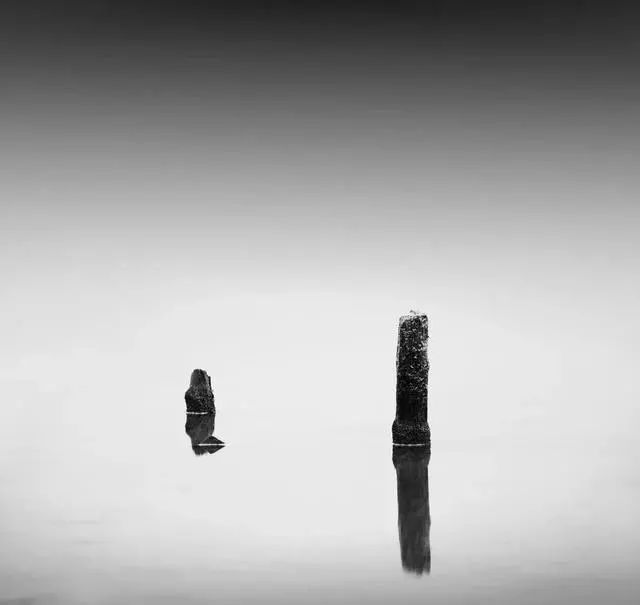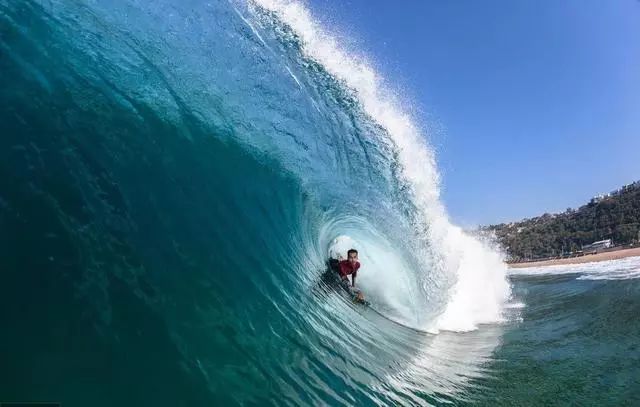Table of Contents
Brief Introduction
If you want to take good photography, in addition to the camera parameter settings, you also need to pay attention to photography skills. Of course, aesthetic requirements are also indispensable. And to decide whether a photo looks good or not, the composition is the key. If there is a problem with the composition, no matter how good the scene is, it will not be noticed by the audience. So, today I’m going to talk to you about how to improve your composition.
1. Simplify the Scene
I believe that you often see some poorly shot photography works. In addition to the subject, the picture is also mixed with various interfering elements, so that the audience’s eyes cannot focus on one point, and the subject cannot be found at all. When I was studying photography, my teacher once said, “If you see a photo and you can’t see what its subject is at first glance, that photo is a failed work”. Photography is the art of subtraction, and the key point is how to choose the various elements in the picture.
2. Horizontal and Vertical Composition Shooting
Although we are accustomed to shooting horizontally when shooting, if we shoot the same subject or scene, it will be boring and boring. In many cases, it is not necessary to have a horizontal composition to shoot a good work. If the subject is suitable, we can also shoot the vertical composition of the picture. If you want to express the towering, upright and toughness of the mountain, shooting vertical composition works is a very good choice. Of course, the same portrait photography will also use vertical composition more often.
3. Try Not to Put the Main Body in the Middle
When taking some still life photos, we will find that the subject is in the center of the frame. But not all scenery or characters are suitable to be placed in the center of the picture. The still life or the product photography of some outlets is placed in the center, so that the viewer can discover the subject at the first time, highlight and show the subject.
But portraits and landscapes are not suitable for such shooting. If we use the center composition, we will find that the subject in the picture is clearly displayed in front of us at a glance, and it will be dull after reading it. Usually, we will arrange the main body of the picture on the left or right, and then slowly present the main body of the picture through visual guidance to make the photo more interesting and interesting.
4. The Guiding Factors in the Screen
If you are accustomed to expressing the subject in the picture very intuitively, although it cannot be said that your work is not good, but without the guidance of other elements of the picture, your photos will lack the desire for people to explore.
The guiding element in the picture is that the audience can follow your thoughts, just like guiding the prey to your trap, moving their eyes to the place you want to express. The guiding factor in the picture can be a point, a line, or even a small picture. Photos with introductory elements are more exciting.
5. The Tilt of the Screen Can Bring Special Effects
The tilt of the picture can bring some different feelings and enhance the stimulation of visual senses. Compared with the unstable and dynamic visual stimulation mentioned in the photography book, my explanation is more inclined to bring visual impact to the picture.
People will have a sense of security in the horizontal picture, but when they are stimulated by the senses that tend to the picture, they will have a feeling of heart palpitations. Just like when we are on TV or watching videos of bungee jumping, we will feel very exciting and a little nervous. When we are shooting, we can properly shoot some oblique pictures. Sometimes there are different effects!
6. Appropriate White Space in the Screen
This composition method is determined based on the inertia of human thinking. When we see something, we subconsciously associate it. The blank space is to use our thinking mode to leave a blank place in the picture to let the audience have reverie.
For example, when we photograph a moving car, we will think of whether there is a car in front of the moving car, and what the road conditions of the next section of the road will be. In the actual shooting, we leave a certain blank in the direction of the subject or the direction of sight, giving readers more room for imagination.
7. Blur the Background and Highlight the Subject
The depth of field effect is one of our common and commonly used techniques. Reduce visual interference in the picture and highlight the main body of the picture. Depth of field can often be seen in portrait photography. Of course, it’s not just for portrait photography. Sometimes taking landscape photos with depth of field can also play a very good effect.
8. Use Color Contrast
Contrast is one of the easiest, yet most difficult, techniques to master in photographic composition. The color theory we know requires a period of precipitation learning and time mastering to control the color ratio in the picture. Of course, color is also an indispensable element to render and set off the atmosphere of a photo. Making good use of the color contrast in the picture can quickly improve your photography skills.
